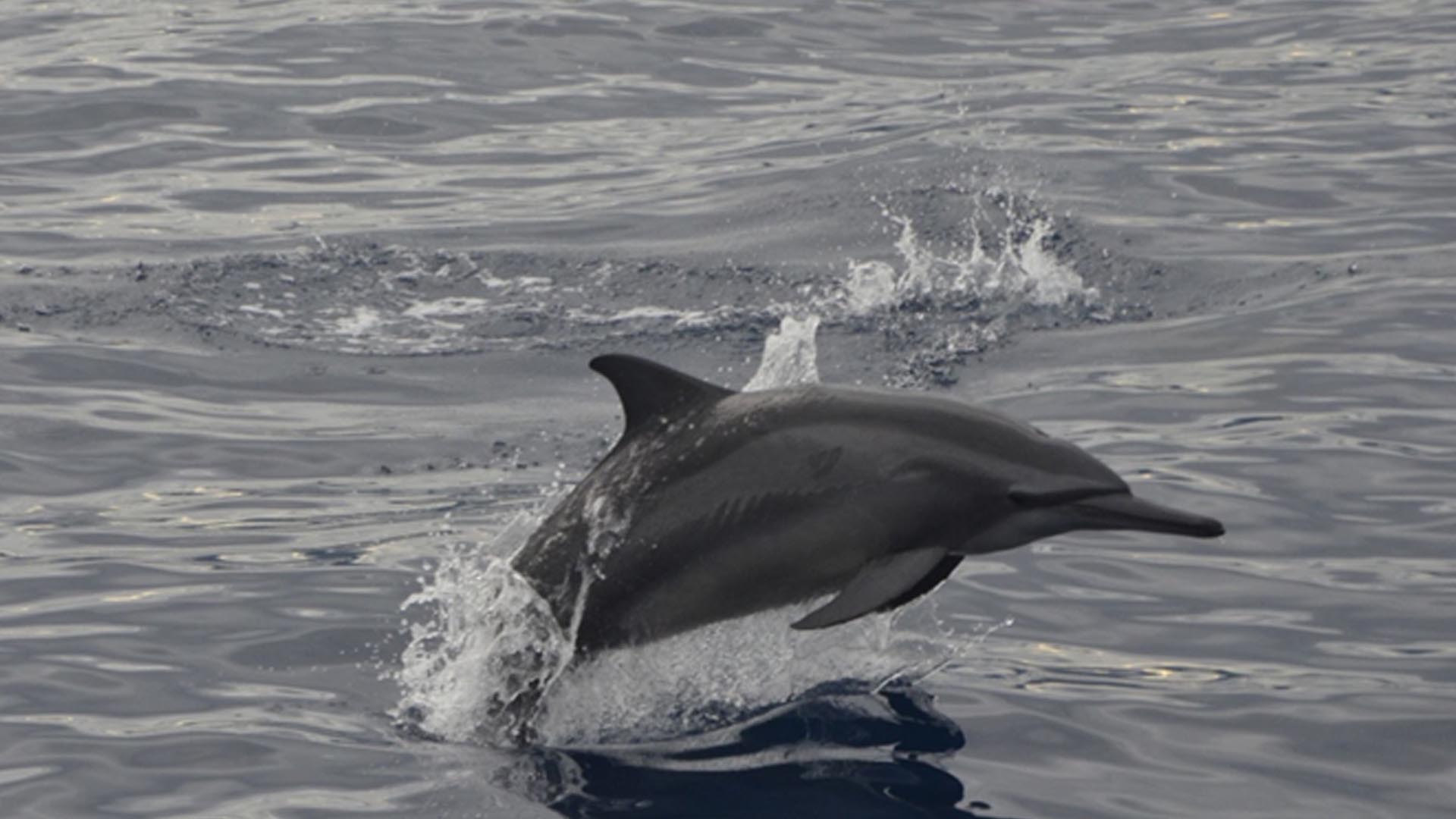An official of Negros Oriental on Tuesday vowed to step up efforts to safeguard the marine ecosystem in Bais Bay and its surrounding regions following reports of a decline in dolphin sightings in Tañon Strait.
Negros Oriental Provincial Tourism Board executive director Woodrow “RR” Maquiling Jr. said upon assumption of the new administration of Governor Manuel “Chaco” Sagarbarria last May 31, his office has collaborated with the local government units (LGUs) of Bais City and Manjuyod to ensure the effective protection and preservation of the marine ecosystem.
“While both these LGUs are banking on ecotourism to generate revenues, in particular the dolphin and whale watching activities, various interventions and preservation efforts have been in place by said LGUs to also protect one of the sources of income of their constituents,” Maquiling, former tourism undersecretary, said an interview with the Philippine News Agency (PNA).
‘Declining marine biodiversity’
Last week, researchers from the University of the Philippines – Diliman College of Science (UPD-CS) have raised concerns over the declining cetacean biodiversity in Tañon Strait, a renowned marine hotspot between Cebu and Negros islands.
Dr. Lemnuel Aragones, head of UPD-CS (Institute of Environmental Science & Meteorology’s) Marine Mammal Research and Conservation Laboratory (MMRCL), said in an interview that based on a survey they conducted on July 20-23, the team “encountered only between 80 and 90 individual spinner dolphins throughout our four-day survey.”
“This is in stark contrast to surveys in previous years, where we might spot as many as 100 to 500 individuals in just one day,” Aragones said.
Tañon Strait, which is known for its rich marine life and diverse range of cetaceans, is home to at least 15 species of dolphins and whales.
Aragones also drew parallels between dolphin-watching boats and the “tragedy of the commons” scenario in which permits are granted without adequate oversight.
He also said a surge in illegal and unregulated fishing practices undermines conservation efforts in protected areas.
“Maganda sana nakatulong tayo sa local na ekonomiya, nagkaroon ng trabaho at kabuhayan ang mga tao. Ang problema lang, unregulated sila… para syang typical monster natin ng tragedy of the commons (kasi primarily) mayor’s permit lang yan. Comply ka lang ng mga iba pang papeles (Marina etc), dolphin watching boat operator ka na maski hindi mo alam ang protocols (It would have been good since we had contributed to the local economy, providing jobs and livelihood for the people. The problem is, they’re unregulated… it’s like the typical monster of our tragedy of the commons, where a mayor’s permit is the primary authorizing paperwork. You just comply with the paperwork, become a dolphin-watching boat operator even if you don’t know the protocols),” he said.
Maquiling extended his gratitude to Aragones and his team for sharing its recent findings on the decline of dolphins in Tañon Strait.
“Since tourism [including ecotourism] is one of the main thrusts of the newly-installed Governor Manuel L. Sagarbarria’s governance and to ensure that the respective LGUs have adequate information regarding said survey findings, the provincial government will commission a surveillance team to conduct a monthlong monitoring that will study the behavior of these cetaceans, not only in Bais Bay, but in the areas along Tañon Strait and as far as the waters of the northernmost town of Vallehermoso,” he said. (PNA)






